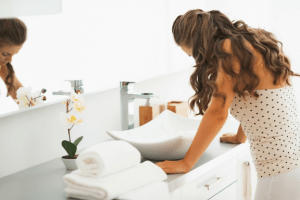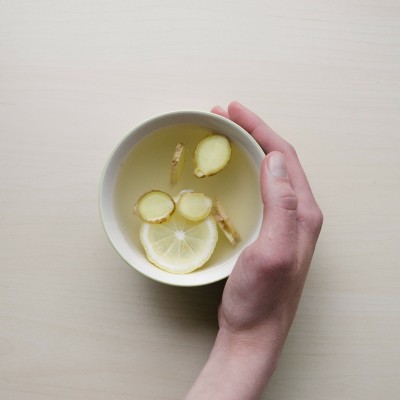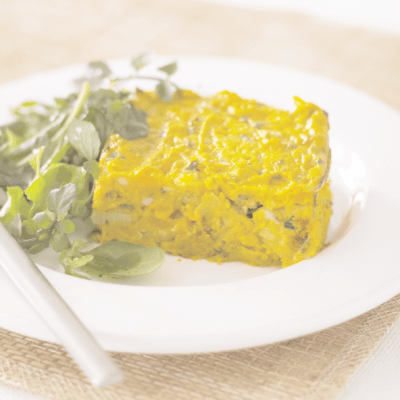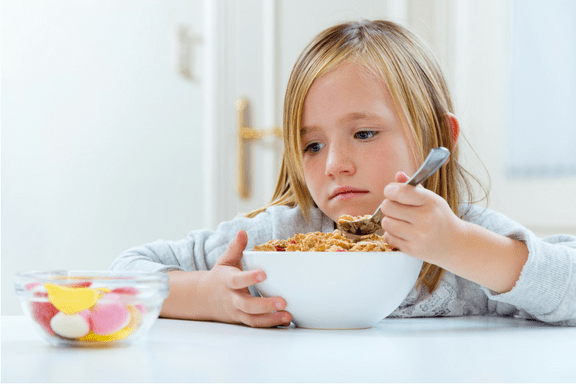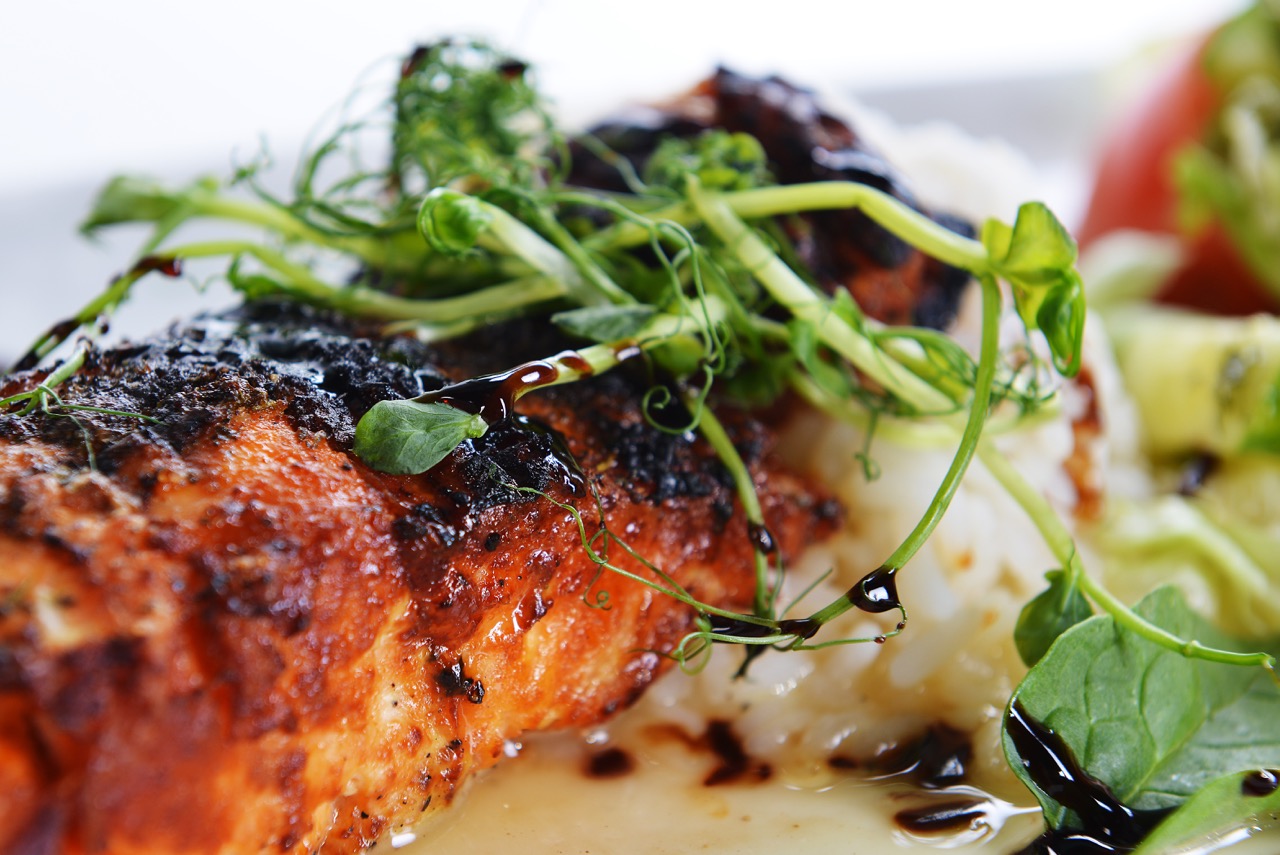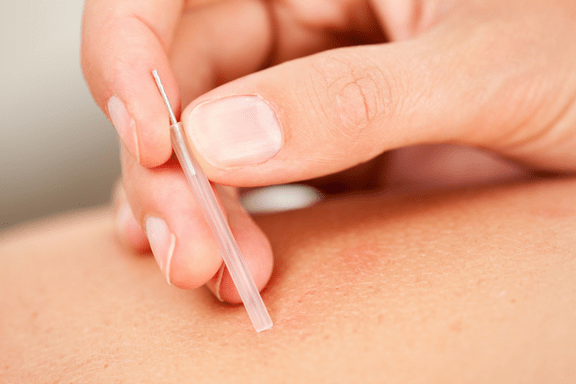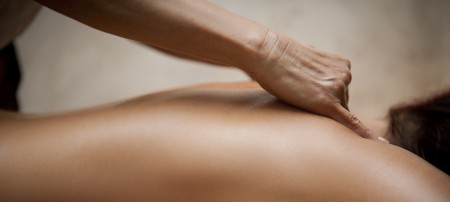
by Sarah Harris, FGHG Paediatric and Family Naturopath
The hot weather traditions of building sandcastles at the beach, jumping in the pool and having family BBQ’s in the park can bring a few common summer illnesses for children. Going back to school and daycare can also have an impact on children’s wellness. As our children return to their learning establishments, I begin to hear parents comment on how healthy their child was over the holidays, only to be sick again now they’re back at school.
Prevention is always best and there is much that can be done to strengthen your child’s immunity to avoid some of the common childhood infections and ailments in Summer. Some of the most frequent infections you may encounter this season are discussed below along with an understanding of how to treat the symptoms, avoid reoccurrence and when to seek help.
Swimmer’s ear
An infection of the ear canal can occur with increased exposure to ocean or pool water. The ear canal may become inflamed due to moisture which brews bacteria, resulting in a very painful condition commonly treated with painkillers and antibiotics. To avoid the side effects of these medications, prevention of swimmers ear can be as simple as keeping the ear canal dry after exposure by shaking water out and drying ears with a towel, or using ear plugs to prevent contact with water. Other prevention strategies include boosting the immune system with vitamin C and zinc rich foods or supplements and including probiotics in your child’s diet. Reducing mucous forming foods such as sugar and processed foods, banana and dairy, whilst increasing warming foods such as ginger, onion and garlic will also help to support a healthy balance of mucous in the body and aid quick recovery.
In the case of an infection it is important to seek professional advice and obtain a prescription for a more powerful remedy. A quickscript consultation is a 10 minute chat with a naturopath for acute conditions. Symptoms of swimmer’s ear can be treated naturally using potent herbal formulas that support antimicrobial defences and provide symptomatic relief, clear nasal congestion and infection, then promote immune balance to prevent reoccurrence. Herbal ear drops of calendula, St John’s wort, mullein flower and garlic have been shown to be as useful as medicated ear drops for pain of ear infections.
Warts, fungal and viral skin infections
Changes to our natural defences that include fungus and bacteria occur when we are exposed in a swimming pool or common areas during bare foot fun. A few common ailments include molluscum contagiosum, athlete’s foot and swimmer’s foot. So do we need to apply antibacterial gels and anti-fungal creams that contain cortisone? Such conditions can be prevented if we restore immune control and boost under active immune responses using key nutrients for immunity such as zinc and vitamin C. Rest during an infection and build your child’s immunity with nutrient dense foods; protein – like salmon with high omega 3 levels and eggs, nuts and seeds, a rainbow of fruits and vegetables (like berries and broccoli) with antioxidants. Also, foods beneficial for good gut health, like yoghurt and fermented foods containing probiotics that are shown to stimulate immunity, thereby promoting resistance to infection. Topical treatments using herbal medicine that soothe inflammation and have anti-microbial properties that resolve infection can be tailored to each type of infection by prescription from your naturopath.
Food poisoning – well a good barbie can create great leftovers but generally speaking, leftovers create a prime opportunity to share in bacteria and viruses, such as salmonella when food is left out, reheated or inadequately cooled in your child’s lunchbox. Best to be clear about the common symptoms – tummy pain, diarrhoea and general unwellness, possibly fever and vomitting. Antibiotics can be avoided with supportive dietary and lifestyle interventions such as keeping up fluids and rest. A low reactive diet is key for recovery, so keeping foods simple and nutritious, using fresh produce can improve energy, immunity and wellbeing.
When symptoms of food poisoning or slow recovery from food poisoning seem to much to manage, it is recommended to seek professional advice. It is critical to eliminate infection and recover without side effects. Natural medicine can be of assistance to support rehydration and gut healing using anti-infective medicines and nutrient dense food choices that assist healing. Elimination of infection, improving digestive functions and building better microbiota (good gut bacteria & immunity) through using probiotic foods and supplements is the approach your naturopath would take to aid recovery and strengthen the gut of your child.
When deciding what is best for your child’s health remember that safe and effective natural medicines provide ease of symptoms for any immune affliction, can improve recovery that has been long term and importantly, can offer prevention of recurring immune concerns. Herbal medicine, homeopathy and nutritional supplements for children can be tailor made and taken in child friendly creams, liquids, powders and even jelly icypoles!


